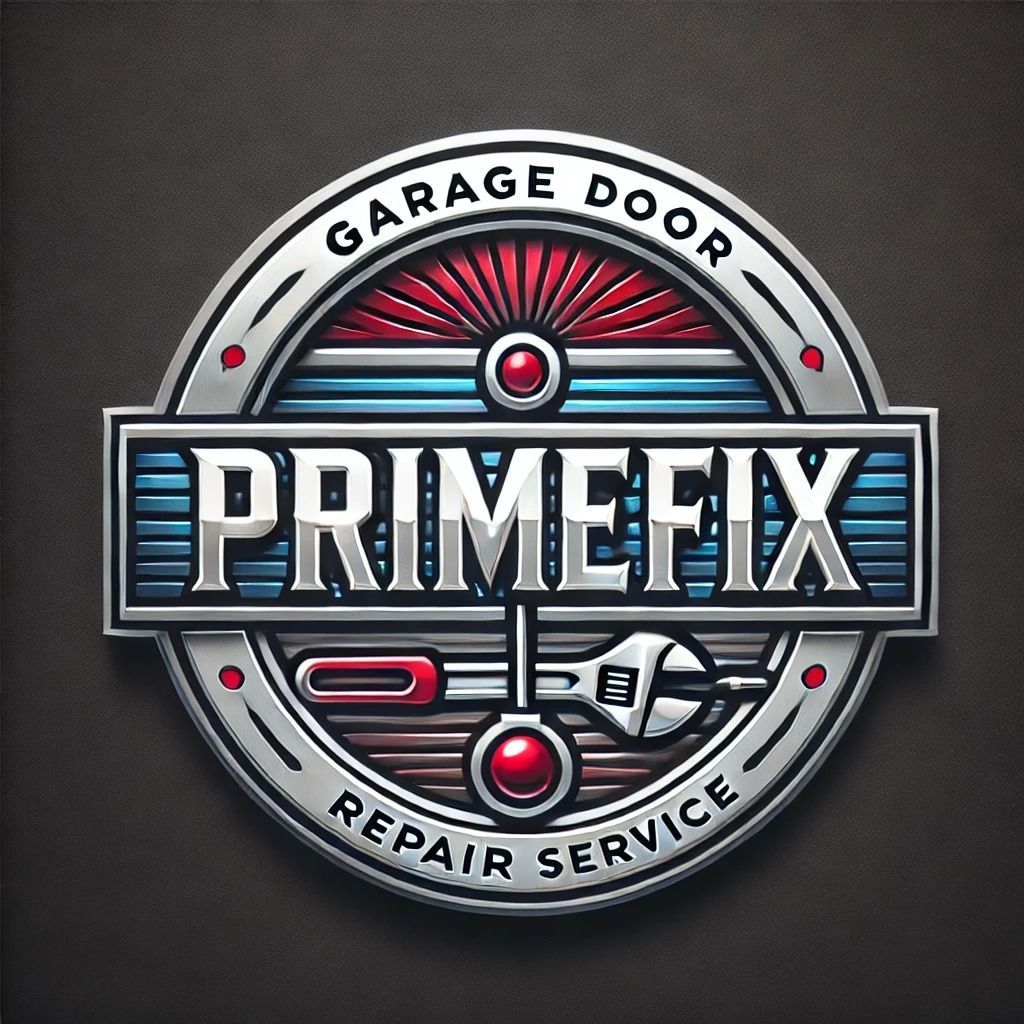Garage Door Spring Repair in Richmond Hill
A functional garage door is vital for home security and convenience. Central to its operation are the garage door springs, which counterbalance the door's weight, enabling smooth opening and closing. When these springs malfunction, they can disrupt daily routines and pose safety hazards. This guide delves into the essentials of garage door spring repair, highlighting the importance of professional maintenance to ensure optimal performance and safety.
Understanding Garage Door Springs
Types of Garage Door Springs
Torsion Springs
Torsion springs are mounted horizontally above your garage door opening. As the door closes, the springs wind up, storing mechanical energy. When you open the door, the springs unwind, helping to lift the heavy door with minimal effort from your opener or manual operation.
Most modern garage doors use torsion springs because they:
- Provide smoother door operation
- Create less wear on door components
- Last longer (typically 15,000-20,000 cycles)
- Offer better balance and control during operation
Our technicians are specially trained to safely handle the high tension in these springs during replacement, using professional-grade tools and techniques to protect themselves and your property.
Extension Springs
Extension springs run perpendicular to the door, parallel to the horizontal tracks. They stretch and store energy when the door closes and contract to help lift the door when opening.
While less common in newer installations, many Richmond Hill homes still use extension spring systems.
These springs require:
- Proper safety cables to prevent dangerous whipping if a spring breaks
- Regular inspection for stretching and wear
- Careful balancing for smooth door operation
- Specialized knowledge for safe replacement
-
Our Richmond Hill technicians install safety cables with all extension spring systems to prevent injury or property damage if a spring should break under tension.
Signs Your Garage Door Springs Need Repair
Don't wait for complete spring failure before calling for service. Watch for these early warning signs:
1. Difficult Manual Operation
If your door has become increasingly difficult to lift manually, your springs may be losing tension or starting to fail. This change often happens gradually, so you might not notice until the door becomes significantly heavier.
2. Uneven Door Movement
When one spring loses tension or breaks while others remain intact, your door may appear crooked or uneven during operation. This imbalance puts stress on your opener and other door components.
3. Visible Gaps or Stretching
Inspect your springs for visible gaps between coils or noticeable stretching. Healthy torsion springs have tightly wound coils, while properly functioning extension springs should not show excessive stretching when the door is closed.
4. Loud Bang During Operation
A sudden loud noise—often described as a firecracker or gunshot sound—is the classic sign of a spring breaking under tension. If you hear this, do not attempt to operate your door until it's been professionally inspected.
5. Door Falls Rapidly When Closing
If your door slams shut instead of descending smoothly, this indicates spring issues that require immediate attention to prevent damage to your door or injury to family members.
Our Professional Spring Repair Process
Comprehensive Assessment
Our technicians begin with a thorough assessment of your entire door system, not just the springs. This holistic approach ensures we identify all potential issues that might affect your door's operation or safety
Detailed Explanation and Quote
Before proceeding with any repairs, we explain our findings and provide a transparent quote covering both parts and labor. We'll discuss your options and help you make an informed decision without pressure tactics
Professional Spring Replacement
Using specialized tools and safety equipment, our technicians safely remove damaged springs and install properly rated replacements matched to your door's weight, size, and usage patterns.
Complete System Balancing
After installing new springs, we meticulously adjust your door's balance to ensure it opens and closes smoothly, reducing strain on your opener and other components.
Steps Involved in Spring Replacement
While it's strongly recommended to hire professionals, understanding the process can be informative:
- Safety Precautions: Disconnect the garage door opener and secure the door to prevent accidental movement.
- Release Tension: Carefully unwind the existing springs to release tension, using appropriate tools.
- Remove Old Springs: Detach the damaged springs from the brackets and torsion bar.
- Install New Springs: Position the new springs correctly and secure them to the brackets.
- Tension the Springs: Wind the springs to the manufacturer's specified tension, ensuring balanced door operation.
- Test the Door: Reattach the opener and test the door multiple times to ensure smooth and safe operation.
Maintenance Tips to Prolong Spring Lifespan
Regular maintenance can extend the life of your garage door springs:
- Lubrication: Apply a silicone-based lubricant to the springs every few months to reduce friction.
- Regular Inspections: Check for signs of wear, rust, or damage and address issues promptly.
- Balanced Door: Ensure the door remains balanced; an unbalanced door can strain the springs.
Garage door springs are crucial components that require proper maintenance and timely repairs to ensure the safety and functionality of your garage door. Due to the inherent risks involved in handling springs, it's advisable to seek professional assistance for repairs and replacements. Regular maintenance and prompt attention to signs of wear can prolong the lifespan of your springs and maintain the seamless operation of your garage door.
Note: Attempting DIY repairs on garage door springs can be extremely dangerous. Always consult with a professional technician to handle spring repairs or replacements.

